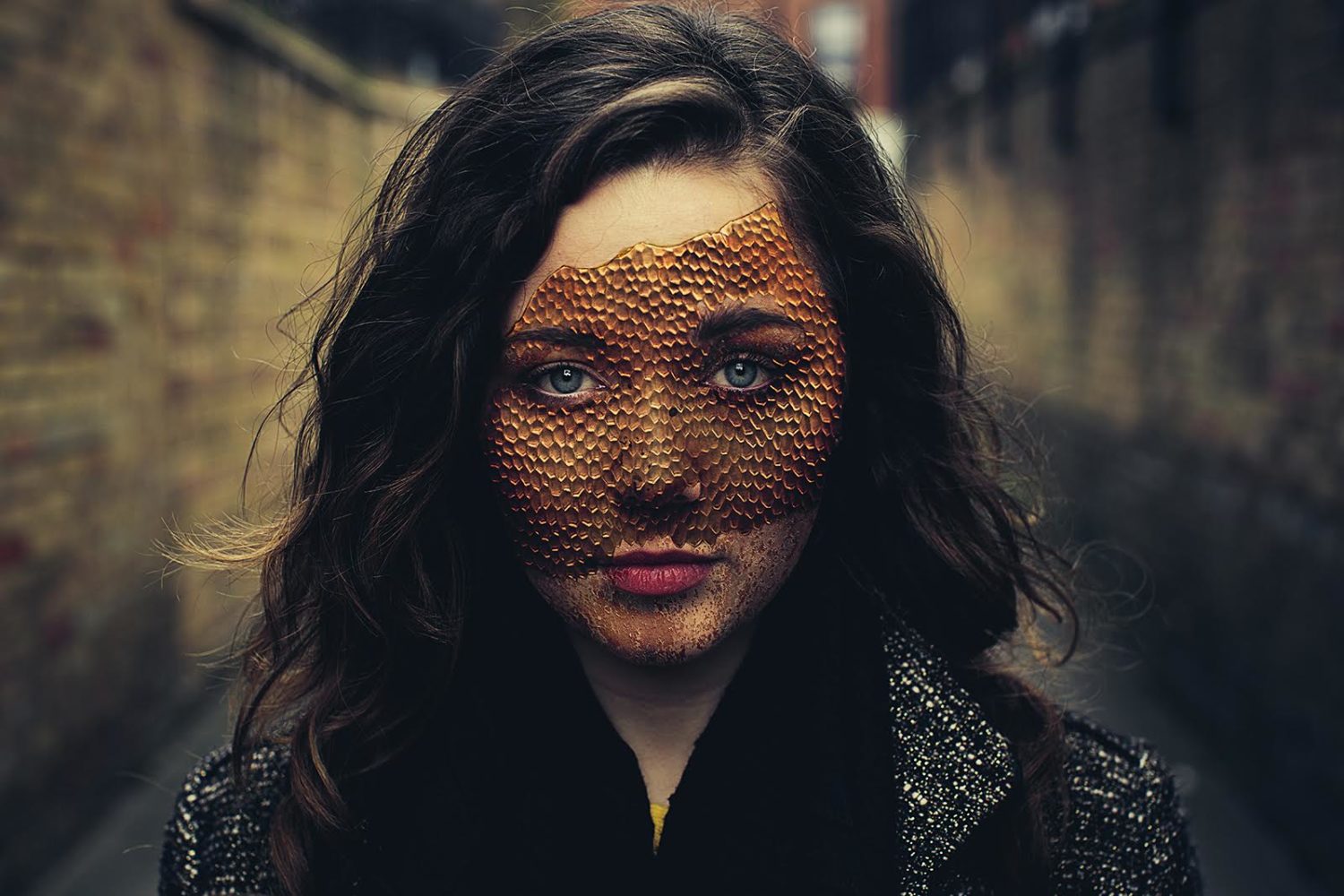For nearly three decades, two words have captivated an industry, driven fantasies, and divided opinions: Adobe Photoshop. Once exclusive to professional photographers and graphic designers, this software has permeated nearly every facet of our digital lives. But does Photoshopping pictures create a falsified reality or is it just enhancing image aesthetics? Let’s venture into the little-known world of photoshopped images.
The Art of Image Manipulation
Image manipulation isn’t a new phenomenon. Long before the digital era, photographers would spend obscene amounts of time in darkrooms perfecting their masterpieces. Today, Photoshop has made that process faster, easier, and more accessible. Or should we say, too accessible?
What Really Constitutes ‘Photoshopping’?
Photoshopping isn’t monolithic. It entails a broad spectrum of alterations such as cropping, color correct and skin retouching. Few would grumble about a blue sky turned a shade darker, but what about a wrinkle vanished or a waistline slimmed down? The line between enhancement and fabrication can be blurry.
Impacts of Photoshopping: Perception vs Reality
Not all impacts of Photoshopping are negative. After all, isn’t art about presenting the world as we perceive it, not as it is? Still, where does one draw the line?
- Enhances Visual Aesthetics: Appropriate use of Photoshop allows photographers to showcase their subjects in the best possible light, subtly enhancing images without distorting reality.
- Fuels Unrealistic Expectations: Excessive and deceptive Photoshopping, particularly in fashion magazines and social media, propagates unrealistic beauty standards and body ideals, leading to negative societal impacts.
Are All Photoshopped images deceptive?
Not every Photoshopped image is deceptive. For example, product and real estate photographers often use Photoshop to accurately represent what our eyes would naturally see, correcting camera-induced distortions. The difference lies in the intent and degree of manipulation.
Regulation and Ethical Implications
Creating a harmonious coexistence between Photoshopping practices and responsible image representation requires widespread ethical guidelines and stringent regulations. These measures should aim to curb deceptive practices while reinforcing the general public’s understanding of realistic expectations from Photoshopped images.
Why is Photoshopping considered a problem?
Photoshopping becomes a problem when it sets unrealistic expectations or manipulates public opinion about a person, place, or product. This is particularly damaging when targeted at vulnerable groups prone to body image issues.
Can you trust your eyes? A Look at Photoshopped Realities
As we delve deeper into the digital age, ‘seeing is believing’ doesn’t hold as much weight as it used to. With the prolific use of Photoshop, the question remains, can you trust your eyes? With awareness and critical thinking, we can appreciate the artistry behind Photoshopping while questioning its ubiquity.
Photoshopped or Not? How Can We Tell?
It isn’t always easy to spot a Photoshopped image. Here are a few telltale signs:
- Unnatural light, shadows or reflections
- Consistently flawless complexions or body types
- Inconsistent textures or defined edges where there shouldn’t be
Though these hints may help, remember, even the pros get fooled sometimes!
More Than Meets The Eye: Tips for Interpreting Visuals in the Photoshop Era
Photoshop offers astounding capabilities for creativity and presentation. However, as consumers of information and imagery, we must approach every image with a critical eye and a grain of salt. In this era, interpretation is as important as perception.
Are There Benefits to Photoshopping Images?
While it’s true that Photoshopping often flirts with deception, it isn’t inherently bad. It allows artists to express reality as they experience it, rather than as a camera captures it. And for professionals, it’s a powerful tool to overcome the technical limitations of digital photography. However, a deft and conscientious touch can make all the difference.
A Balanced Perspective on Photoshopping
In conclusion, or rather, as part of an ongoing conversation, it’s crucial to remember that Photoshop is a tool; it’s not inherently good or bad. It amplifies the intentions of those who wield it. As consumers, our task is to see through the layers of edits to the intention behind the image. Effortlessly seductive as it may be to believe in a photoshopped world, let us strive for the beauty of authenticity.

